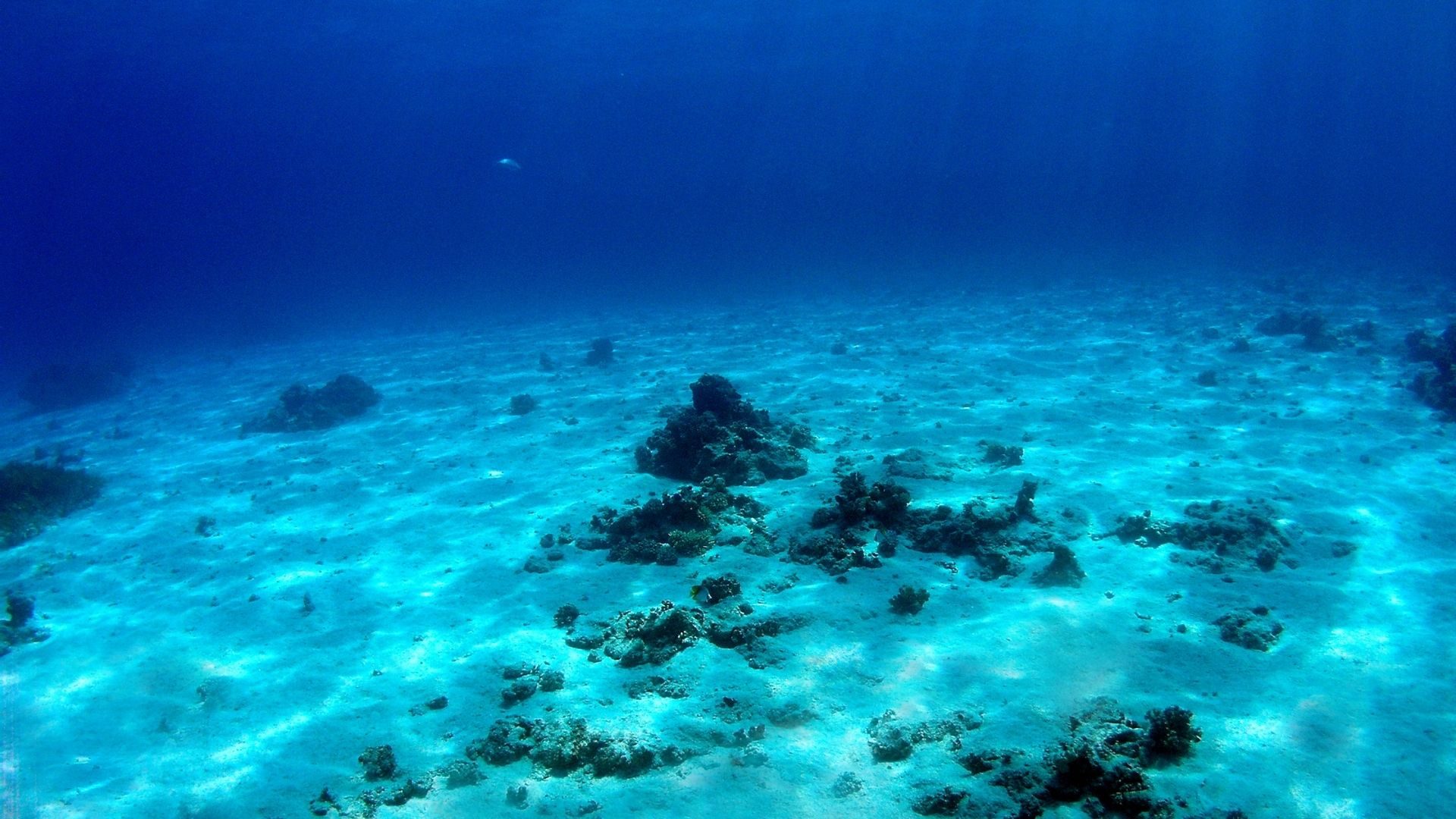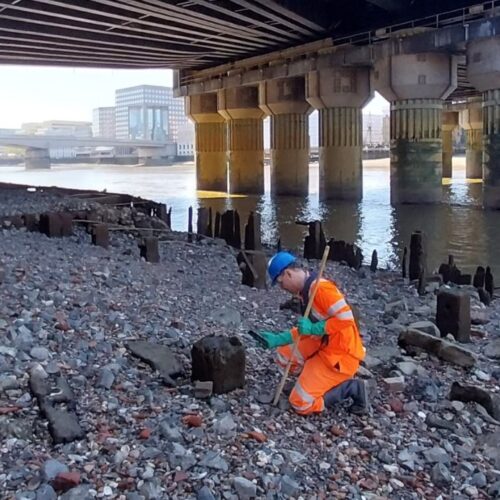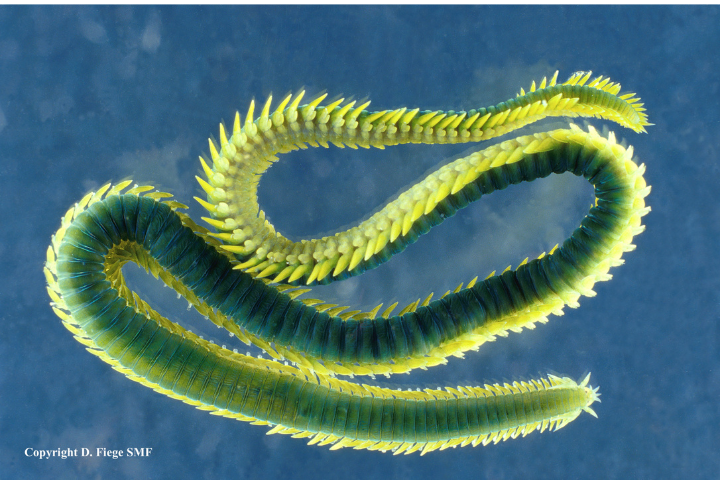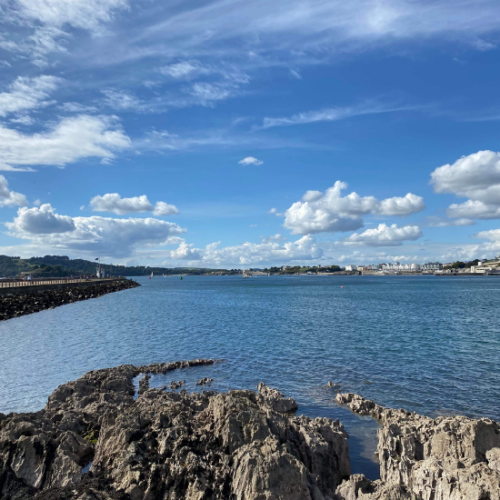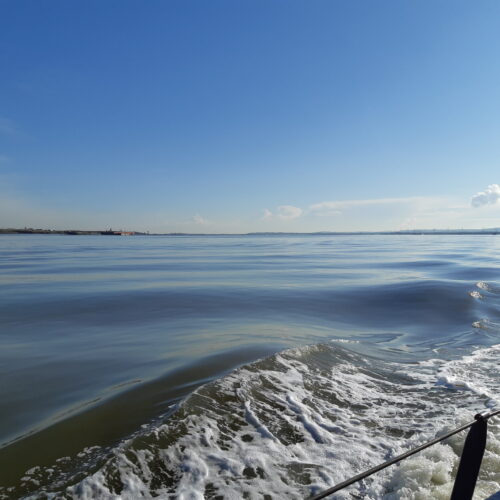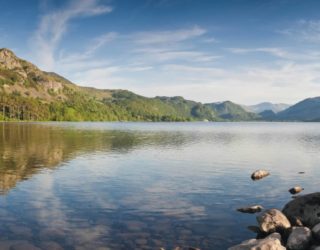The term ‘ecosystem’ was first coined by Arthur Tansley in 1935. He acknowledged that organisms and the environments in which they live must be considered together, as they form one ecological system. This concept is now well established and for many the term has become a fundamental unit of ecology and is an essential descriptor of our natural world.[i]
An ecosystem-based approach to environmental management is now widely advocated by scientists and policymakers. This includes the marine environment, for which seabed habitats and the communities of species that occupy them are recognised as essential components of marine ecosystems. Spatial and strategic planning of human activities in our waters and the protection of rare habitats first requires an understanding of the distribution and extent of these habitats.
Ecosystems, however, can be difficult to define at scales that can be used practically, especially in marine environments. A clear and consistent approach is needed, meaningful for scientific application and for the broader requirements of marine environmental management. [ii] In the UK, an assessment tool, the ‘Marine Habitat Classification for Britain and Ireland’, has been established to meet these requirements. It was first developed by the Joint Nature Conservation Committee (JNCC) in 1997, through analysis of data, contributions from marine scientists and conservations bodies, and review of other classification systems. [iii]
This ecologically-based scheme provides a comprehensive classification of coastal and seafloor features and benthic communities, categorised into ‘biotopes’. A biotope is defined as the habitat together with its associated community of species, operating together at a particular scale. The habitat is the environment’s physical and chemical characteristics, encompassing factors such as the type of substrate, depth, salinity, and wave/tidal energy conditions. [iv]
The classification lists the seafloor biotopes currently known to occur in UK waters. A hierarchy is used, whereby each level introduces more detail, going from broad habitat descriptions to biotopes and sub-biotopes at the lowest levels. Descriptions are given for each habitat and biotope which can be cross referenced with survey and sample data. The biotopes can be further evaluated using the biological and physical comparison tables. These provide details for the core records that are used to define biotopes, including metadata such as the percentage occurrence of fauna, substrate composition, salinity and wave exposure. JNCC also provide ‘Correlation tables’ that can be used to relate the Marine Habitat Classification for Britain and Ireland to the marine section of EUNIS (European Nature Information System), the European classification scheme that is strongly based on the UK system. [v] Perhaps confusingly, the Marine Habitat Classification for Britain and Ireland and EUNIS classifications are applied in opposite directions. To define habitats (abiotic), a top-down approach should be used to classify habitat using information on substrate, biological zone and energy data. This approach is used for habitat mapping processes. To define biotopes, a bottom-up approach is used. Biotopes are defined based on their characterising species, not based on the environmental conditions. Some biotopes will occur across a range of habitat types and will not be limited to a specific habitat.
The classification is regularly reviewed and updated. Since its original release, JNCC has published numerous updated versions, with users of the scheme able to report and contribute survey data whenever a community doesn’t match well within any existing biotopes. This aids JNCC’s work to improve the consistency of the scheme, which aims to evaluate the validity of existing biotopes and include newly identified biotopes.
At Thomson, we measure abiotic parameters in the field and analyse benthic sediment samples to assess the particle size and benthic macroinvertebrate community structure. We match this data to a suitable biotope description using the JNCC hierarchy and resources. By mapping the assigned biotopes, we can visualise variation across a region and monitor temporal trends of marine biological communities. Assigning biotopes also allows us to reliably identify habitats that are important for nature conservation.
The UK has a number of legislative obligations to protect marine biodiversity across UK waters. A review of the legislation has identified benthic habitats to be protected, defined in terms of their component biotopes and habitat types. This has produced a rationalised list of habitats which can be used for monitoring, assessment and reporting purposes by environmental agencies and Statutory Nature Conservation Bodies (SNCBs). [vi] Thomson enjoy working with SNCBs to assess the distribution of listed habitats. Our faunal analysis of samples from the West Shetland Shelf Nature Conservation Marine Protected Area (NCMPA) for JNCC and Marine Scotland Science, for example, identified ‘Hesionura elongata and Protodorvillea kefersteini in offshore coarse sand’. This is a component biotope of the Priority Marine Feature (PMF) ‘Offshore subtidal sands and gravels’, which is protected in this NCMPA and listed as important in Scotland’s seas. With relatively little data existing for this biotope, our faunal analysis of these samples contributed to important evidence gathering, helping to improve knowledge of our marine benthos. In addition to assessing this NCMPA’s PMFs, we also recorded the presence of two infrequently recorded species, the sea slug Hero formosa and the amphipod Apherusa ovalipes, from samples collected within the West Shetland Shelf NCMPA. The area provides an important example of the northern distribution of biotopes and species on the continental shelf in Scottish seas.
[i] Robbins, K. 2012. An Ecosystem Management Primer: History, Perceptions, and Modern Definition, in The Laws of Nature: Reflections on the Evolution of Ecosystem Management Law and Policy
[ii] Connor, D. W., Allen, J. H., Golding, N., Howell, K. L., Lieberknecht, L. M., Northen, K. O. & Reker, J. B. 2004. The marine habitat classififation for Britain and Ireland. Version 04.05. Peterborough, JNCC. ISBN 1 861 07561 8
[iii] JNCC. 2015. About – JNCC Marine Habitat Classification. Accessed March 2021. Available from: https://mhc.jncc.gov.uk/about/
[iv] Connor, D.W., Dalkin, M.J., Hill, T.O., Holt, R.H.F. & Sanderson, W.G. 1997. Marine Nature Conservation Review: marine biotope classification for Britain and Ireland. Volume 2. Sublittoral biotopes. Version 97.06. JNCC Report, No. 230.
[v] Parry, M.E.V. 2019. Guidance on Assigning Benthic Biotopes using EUNIS or the Marine Habitat Classification of Britain and Ireland (Revised 2019), JNCC Report No. 546, JNCC, Peterborough, ISSN 0963-8091.
[vi] Robson, L. 2014. Monitoring, assessment and reporting of UK benthic habitats: A rationalised list, JNCC Report 499, JNCC, Peterborough.
